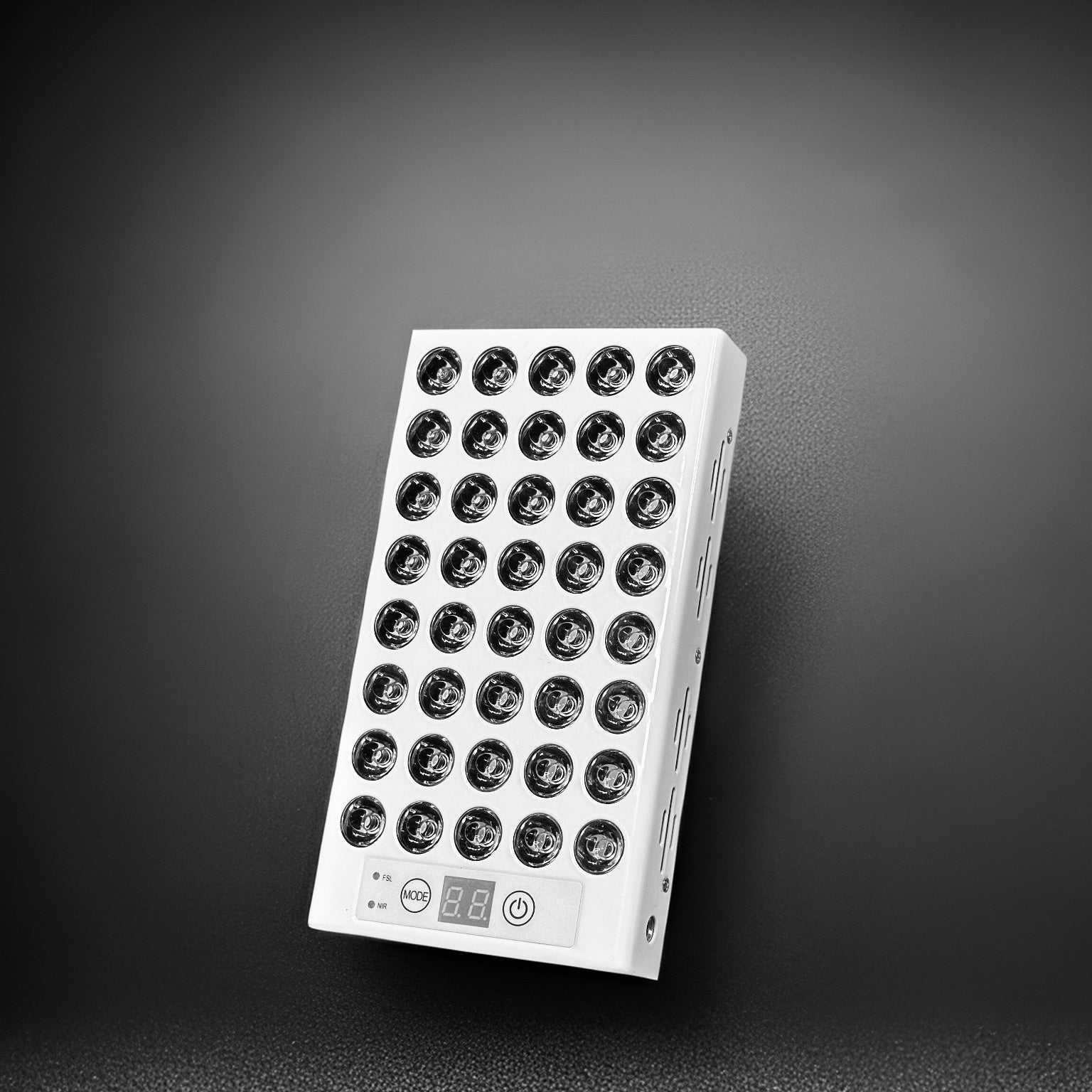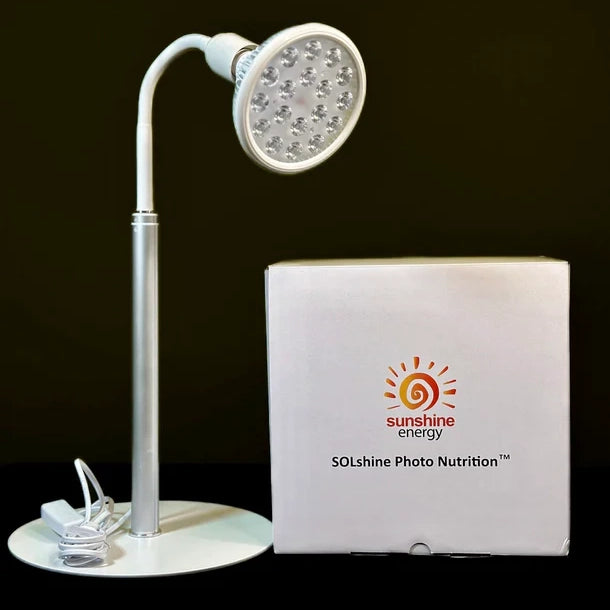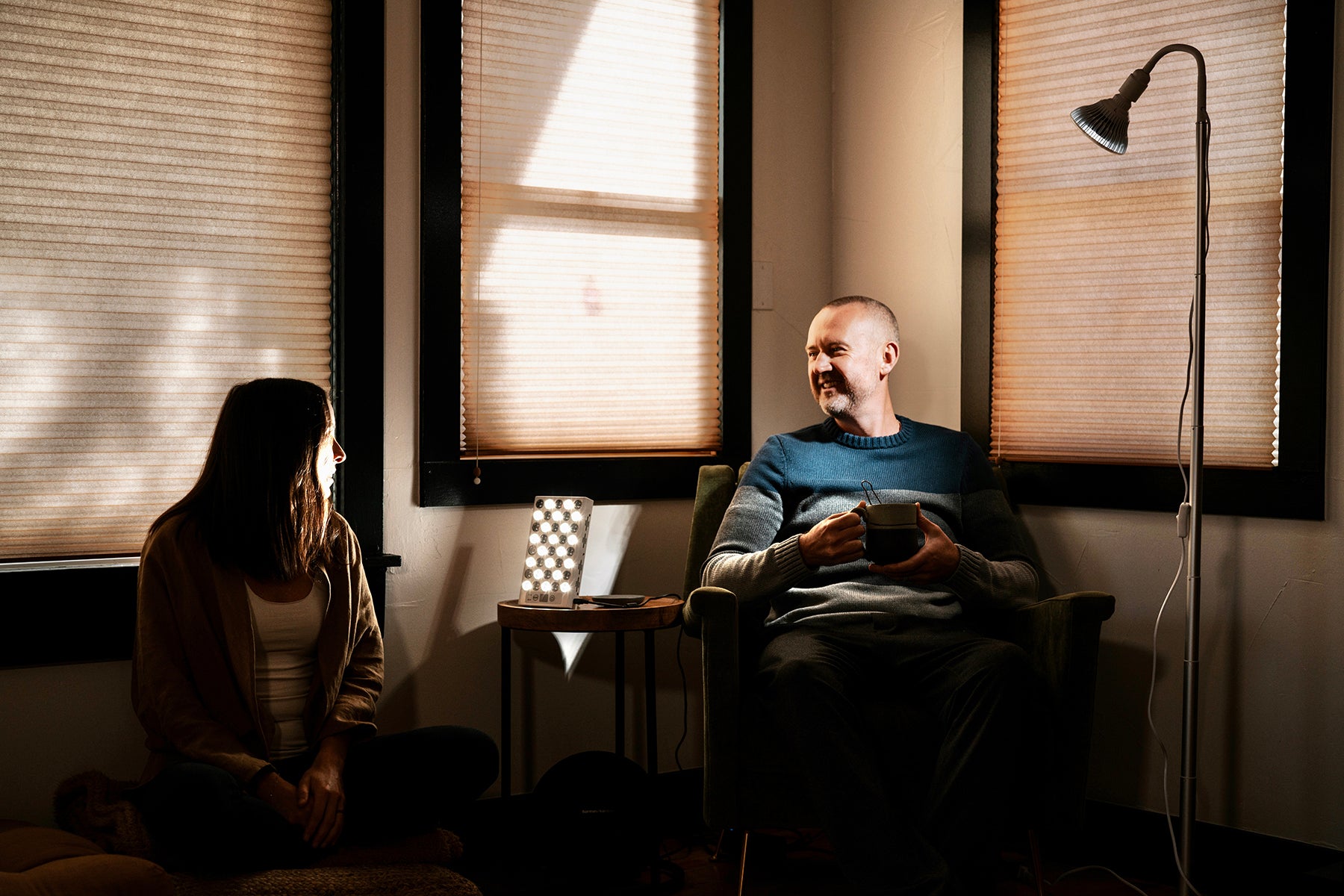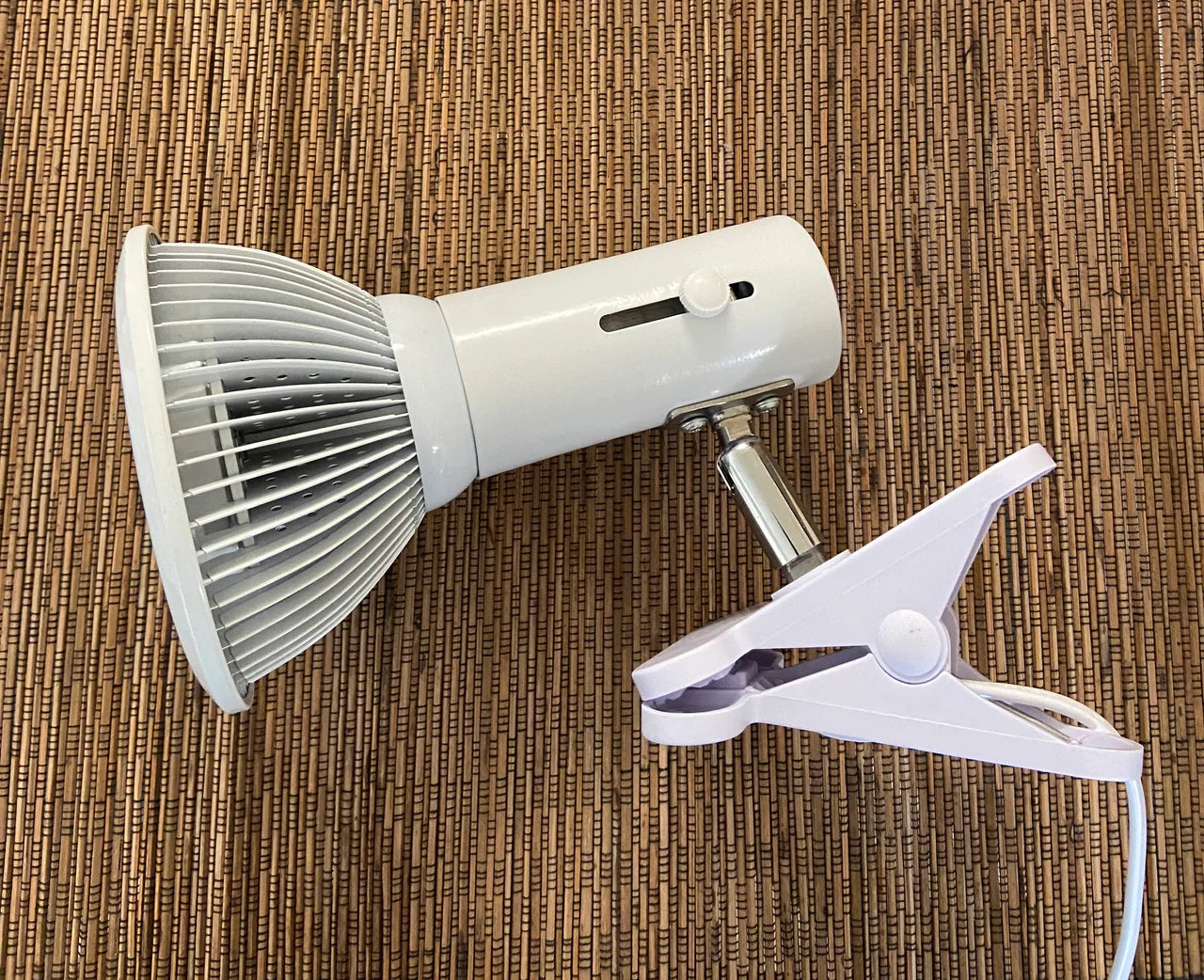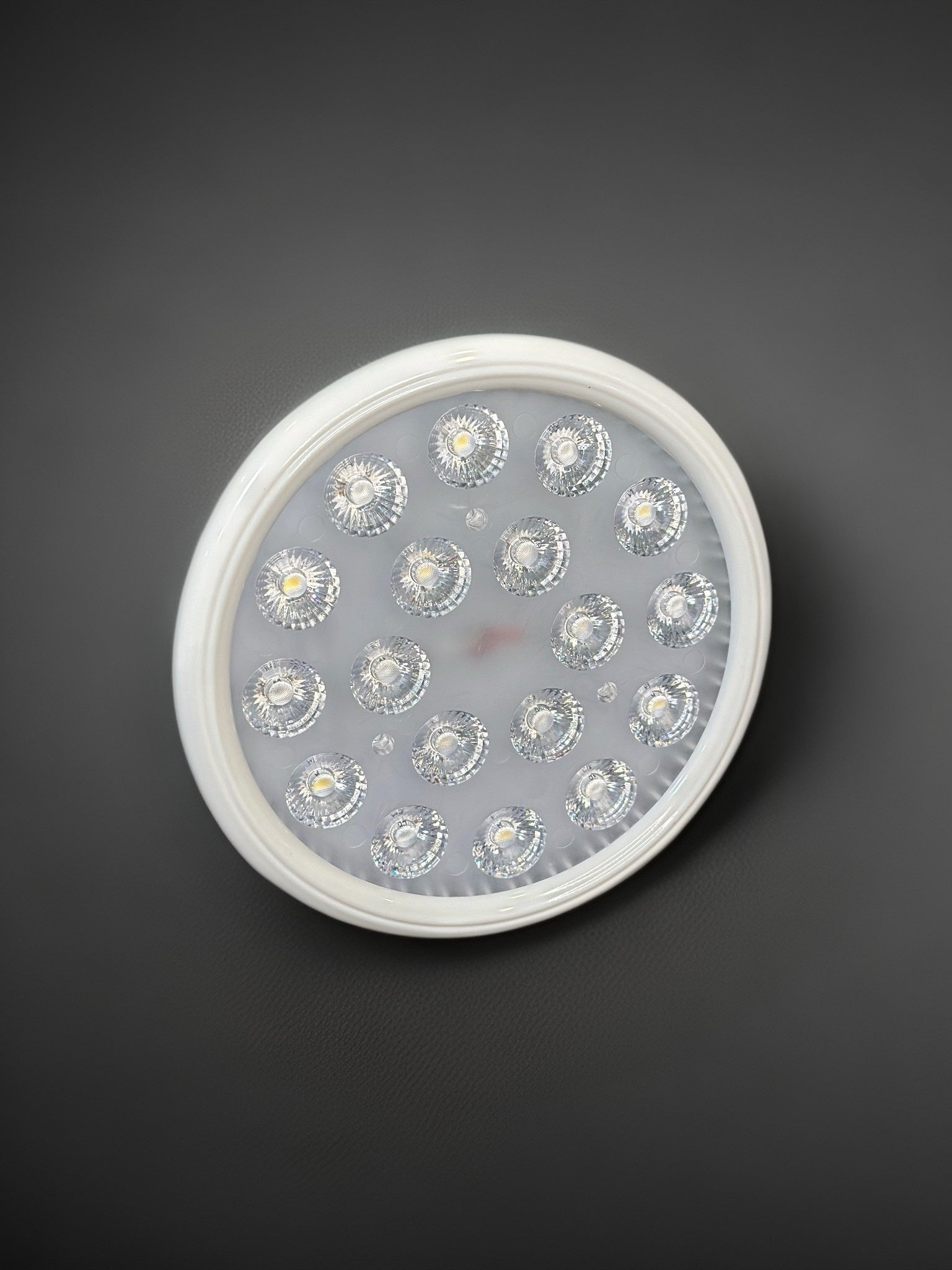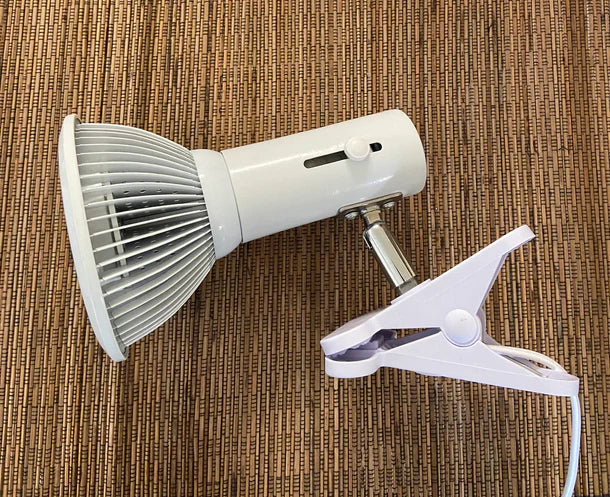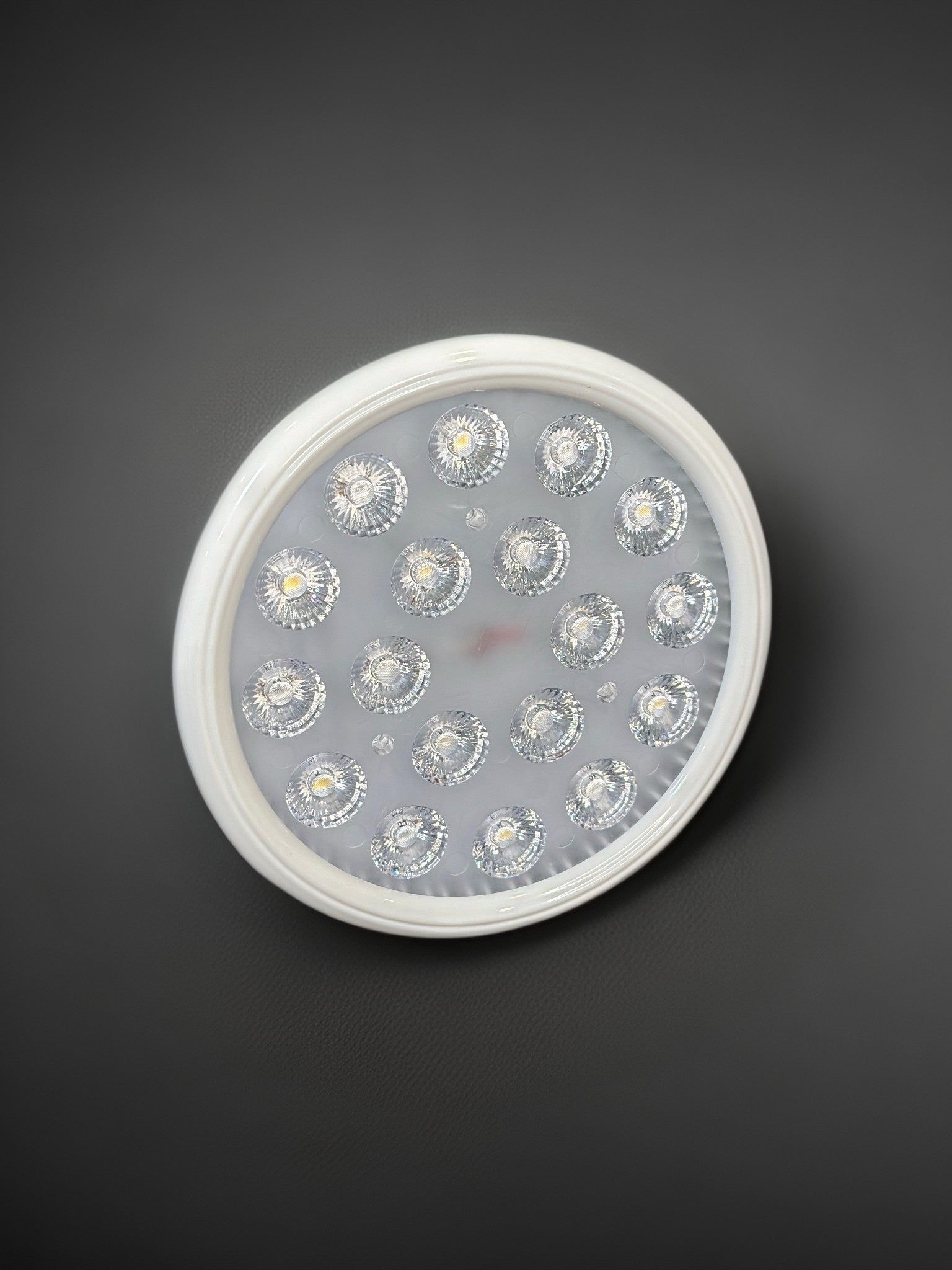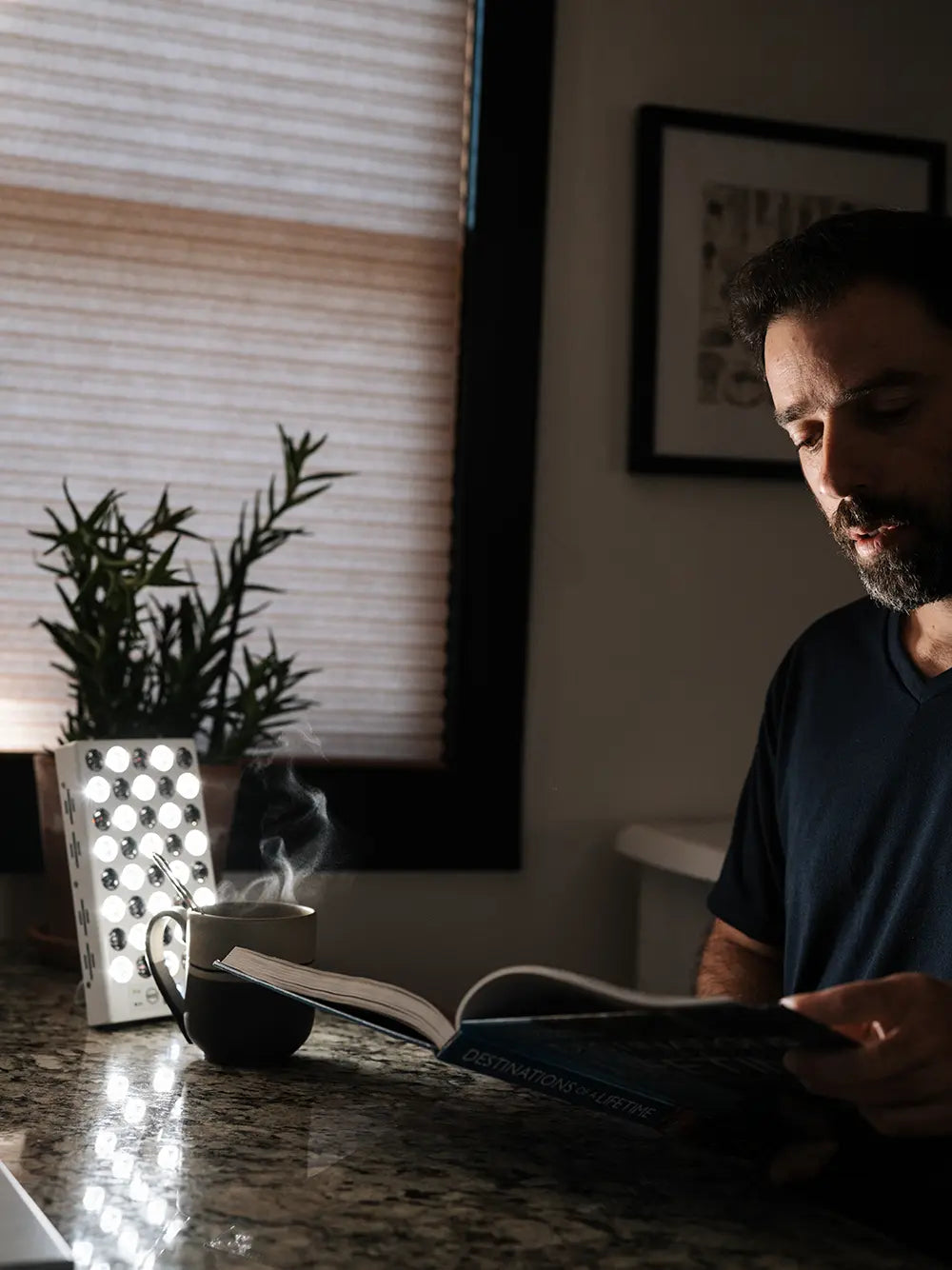"Behavior and classroom performance, as well as overall academic achievement, improved markedly within one month after the new light bulbs were installed."
— Dr. John Ott, HEALTH AND LIGHT
3,000,000+ copies sold
 .
.
Dr. John Ott
Light Therapy Pioneer
Time-Lapse Photography Innovator
.
More than thirty years ago, Dr. John Ott's fascinating time-lapse photography Classroom Research (below) visibly demonstrated that biologically beneficial, full-spectrum light enhances student scholastic performance.
WARNING: Since this Research by Dr. Ott, Common Full-Spectrum Lights — which Lack Near Infrared (NIR) are Now Known to be Unbalanced and Not Recommended.
“LED light exposure that is not balanced with full (spectrum) sunlight loaded with the red parts of the spectrum is always damaging to your biology.”
— Dr. Alexander Wunsch MD, PhD
HEALTHY SCHOOLS NETWORK
Studies show that poor or inappropriate lighting in schools can adversely affect children’s health and their ability to learn.
Students Demonstrate
- better work habits
- improved academic performance
- resistance to fatigue
- more positive attitudes
The directors of Science of Light (SOL), a 501(c)(3) nonprofit, were the founders of Ott Light Systems, Santa Barbara, California (1987-98). Today, SOL is pleased to introduce a unique learning & health tool to add to the digital literacy tool kit.
SOL Study Light
powered by
SOLshine Photo Nutrition™ — the next generation of full-spectrum light tech (FSL). SOLshine improves and advances Dr. Ott's original FSL technology.

CRI R15 is a very important metric because many light sources will be lacking in red content, but this fact will be hidden due to the averaging out of CRI calculations which do not include R15.
"One third of the energy your body consumes comes from the food you eat. The vast majority of the energy your body needs to maintain systemic equilibrium comes from environmental infrared light exposure."
— Dr. Alexander Wunsch, MD, PhD, Photobiology Expert
- NIR and red light helps reduce the risk of retinal-inflammation by priming the cells in the retina for "repair & regeneration."
- NIR is critical to the production of ATP, the fuel cells need for metabolism and all vital functions.
- NIR is essential for the production of "subcellular" (mitochondria) as well as "circulatory" (pineal gland) melatonin.
- NIR is especially beneficial at night to prepare for sleep and a “must” when using computers and other electronic screens.

